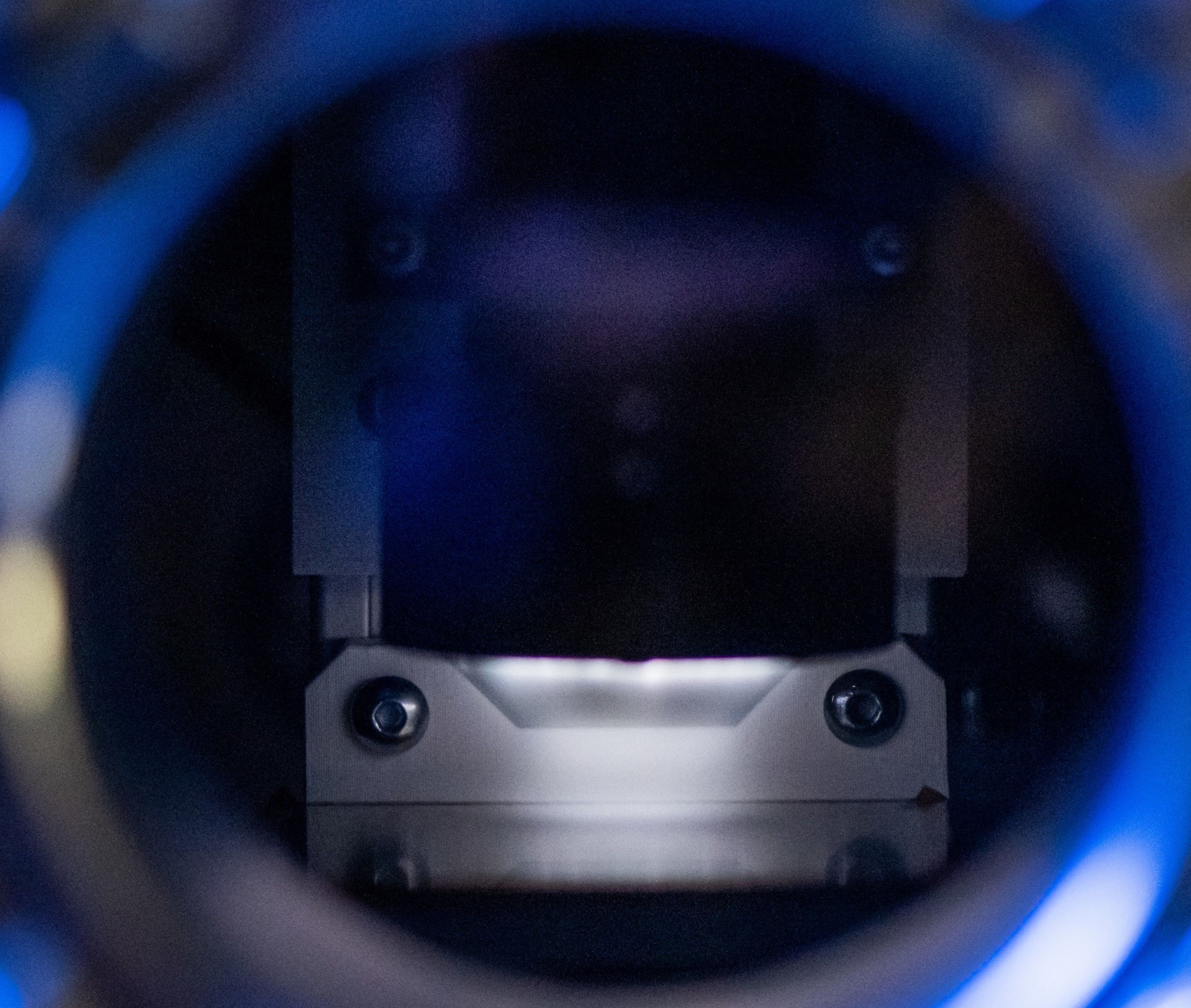PlaCycle - Plasma recycling of plastic replacing fossil hydrocarbons as feedstock
Ingénierie et Architecture

Plastic waste is one of the biggest current environmental problems. Plastics products are produced from fossil hydrocarbons as C-supplier by energy- and CO2-intensive high-temperature cracking. These plastics are not recycled despite improved waste separation, which is advancing, but remains insufficient and costly. Thus, plastic waste will continue ending up in the environment, on deposits or (as mostly in Switzerland) in waste incineration plants. The latter “end of plastic-life” will thus contribute to global warming, since all Carbon atoms are oxidized to CO2. Most innovation approaches today aim at improving the energy balance of the cracker, and not at replacing the feedstock.
Our project aims to replace the supply of raw material gases from high-temperature cracking of hydrocarbons in a first step by breaking down plastic waste into its individual molecular parts by means of a soft and tuneable hydrogen plasma to achieve the depolymerization. This process requires a good compromise between the sufficient power for depolymerization while being not too violent to avoid cutting the molecular chains into individual atoms, as is easily achieved in plasma decomposition. In a second step, the evolving product gases must be separated and the resulting short-chain molecules (CH4, CxHy, i.e. alkanes, alkenes, others) returned as raw materials to the production process in chemical and pharmaceutical industry. While the first step represents the main innovation in this project, the second step takes advantage of the existing knowledge of gas separation and cleaning already practiced in high-temperature cracking systems, which need however be adapted to the particular gas composition leaving the plasma dissociation process (first step).
The environmental impacts are multiple. Firstly, plastic waste is no longer landfilled or released into the environment. The plasma depolymerization eliminates the CO2 release from incineration of plastic waste and is also suitable for mixed plastic waste. Finally, C-cycle is closed, as product gases will be separated and purified for use in chemical and pharmaceutical industry.
In order to quantify the environmental impact, a detailed lifetime assessment is performed. This LCA considers the entire life cycle including the plasma process and compares the result to the reference path, starting from fossil hydrocarbons and leading all the way through until the final incineration of plastic waste.
Beside environmental improvements, some energy saving concepts are taken into account. For example, the replacement of the high-temperature cracking process by the tuneable soft hydrogen plasma process. The required hydrogen is produced from solar driven electrolysis at peak times in summer. Plastic waste can be collected in the winter months, partially reducing the summer/winter electricity storage problem. The plasma reactor for decomposition of the plastic waste with admixture of the solar generated ("green") hydrogen is run at peak times and thus also stabilizes the electric power grids. The plasma process can be started up and shut down quickly, since no large thermal masses have to be heated up, in contrast to thermal gasification at over 1000 °C.